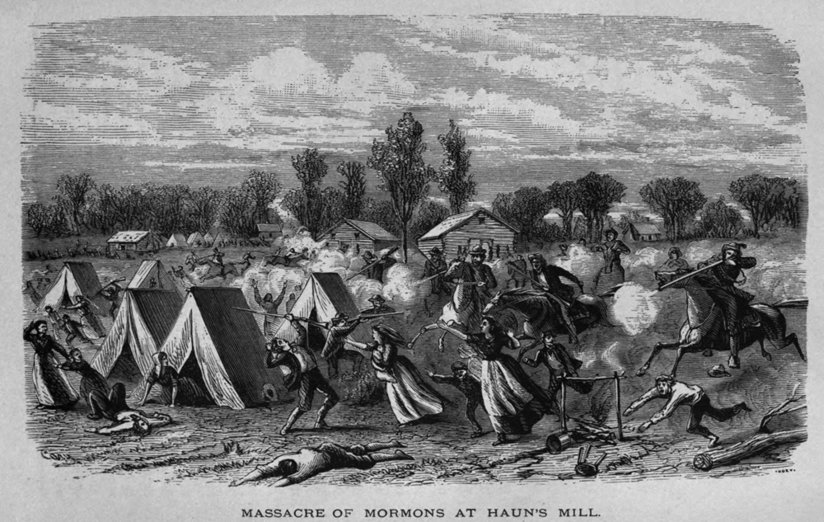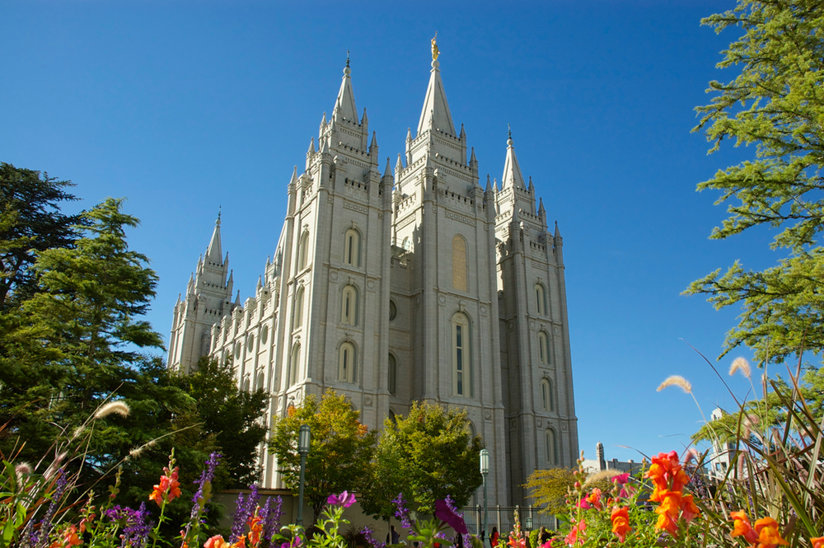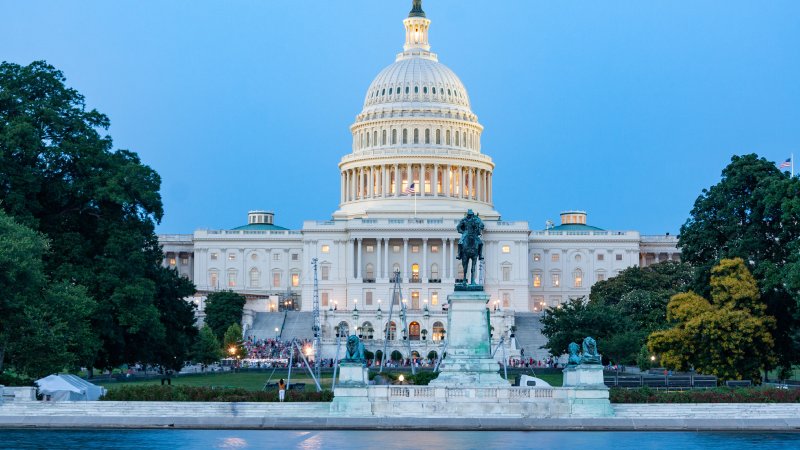
-
HOME
-
WHAT IS STANDOur Mission Our Values Our Help Contact
-
WHAT WE FIGHT FORReligious Freedom Religious Literacy Equality & Human Rights Inclusion & Respect Free Speech Responsible Journalism Corporate Accountability
-
RESOURCESExpert Studies Landmark Decisions White Papers FAQs David Miscavige Religious Freedom Resource Center Freedom of Religion & Human Rights Topic Index Priest-Penitent Privilege Islamophobia
-
HATE MONITORBiased Media Propagandists Hatemongers False Experts Hate Monitor Blog
-
NEWSROOMNews Media Watch Videos Blog
-
TAKE ACTIONCombat Hate & Discrimination Champion Freedom of Religion Demand Accountability
An American Pogrom Rescinded—The Mormon Extermination Order
How would you feel if the governor of your state issued an extermination order against your religion?
Ask a Latter-day Saint. On October 27, 1838, the governor of Missouri did just that.

“The Mormons must be treated as enemies, and must be exterminated or driven from the state if necessary for the public peace,” signed Lilburn Boggs, then governor of Missouri.
And so they were. During the Missouri Mormon War of 1838, nearly two dozen Latter-day Saints, including women and children, died, some horribly, at the hands of militiamen and mobs. They were incited to hatred by… what?
- The Latter-day Saints were “different.”
- A disinformation campaign by the Missouri press some years earlier had created fertile soil for hatred to germinate.
- The Latter-day Saints were advocating equality of, and offering sanctuary for, slaves. Missouri was then a hotly pro-slavery state.
- Internal dissent within the Church that resulted in the expulsion of several former highly placed members. These men, cut off from the power base they once enjoyed, proceeded to sow hatred and distrust against their former brethren in surrounding communities.

An 1838 manifesto, signed by hundreds of Missouri officials and business leaders, exposed the bitter heart of this campaign:
“We believed them deluded fanatics, or weak and designing knaves … They were of the very dregs of that society from which they came, lazy, idle, and vicious. …They brought into our country little or no property with them and left less behind them … They had been tampering with our slaves … inviting free negroes and mulattoes from other states to become ‘Mormons,’ and remove and settle among us.
“They openly blaspheme the Most High God, and cast contempt on His holy religion, by pretending to receive revelations direct from heaven, by pretending to speak unknown tongues, by direct inspiration, and by diverse pretenses derogatory to God and religion, and to the utter subversion of human reason.
“We are not prepared to give up our pleasant places and goodly possessions to them or to receive into the bosom of our families, as fit companions for wives and daughters, the degraded and corrupted free negroes and mulattoes that are now invited to settle among us.”
You’ll see the same pattern across the entirety of the religious map.
Though I have written on religious history for this blog for over a year, I am still amazed at how the pattern of a pogrom echoes across the millennia whenever a new religion appears.
- Differences in belief generating an “us-versus-them” mentality
- Exacerbated by perceived threats against family
- Fanned by a campaign of false rumors and cabal
- Sparked into an inferno by apostates who, for unfathomable reasons, take as their new creed the destruction of their old.
You’ll see the same pattern across the entirety of the religious map. The Latter-day Saints paid with the lives of innocents. The Jews’ tribute runs into the millions.
The survivors migrated west, to Utah, to a location more than 1,000 miles from the nearest source of oppression, and where they built new homes and a new life. Unfortunately, conflict continued to find them. Their history does not begin to settle until near the turn of the 20th century.
Finally, 45 years ago today, on June 25, 1976, the then-Governor of Missouri, Kit Bond, rescinded the infamous extermination order.
It was a gesture of reconciliation. The world needs more such gestures.









